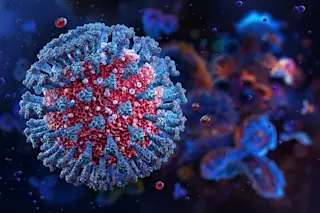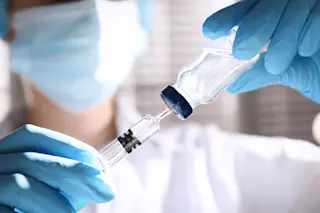(Credit: sfam_photo/Shutterstock)
sfam_photo/Shutterstock
Estela, 26, lay curled up on a stretcher, her forehead beaded with sweat. Nausea, vomiting and stomach cramps had laid her low for two days, she said. She was on methadone, and if she’d missed a dose, withdrawal could be causing the vomiting and stomach cramps. But heaving for two days straight would be unusual.
“So you did take this morning’s dose?” I asked.
“Seventy-five milligrams at eight this morning,” my patient replied. “I missed yesterday.”
The facts weren’t fitting my tidy theory. I turned to Paul, my medical student. “Small bowel obstruction?” he offered. “Hepatitis? Pancreatitis?”
“Any fever?” I asked Estela.
“No.”
“Diarrhea?”
“No.”
“Alcohol use?”
“No,” she said. The rest of the history was no help. Her abdomen, cramps notwithstanding, felt soft. Also normal were blood pressure, pulse and temperature. “Abdomen benign,” I mused to Paul. “Has to be methadone withdrawal. She missed yesterday’s dose.”
...















